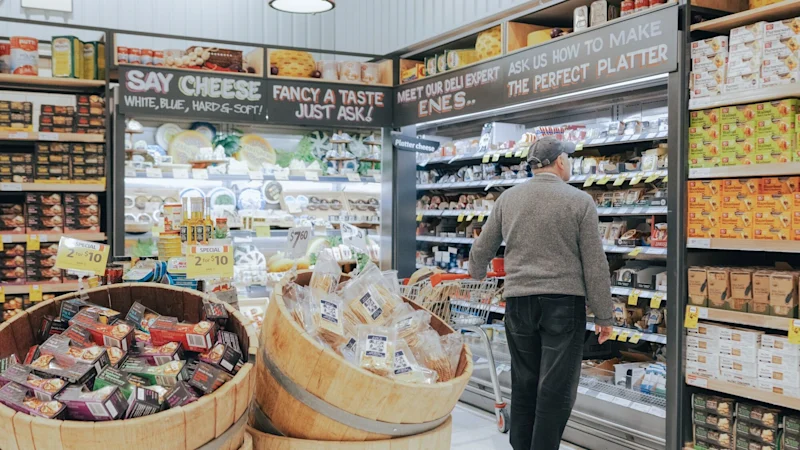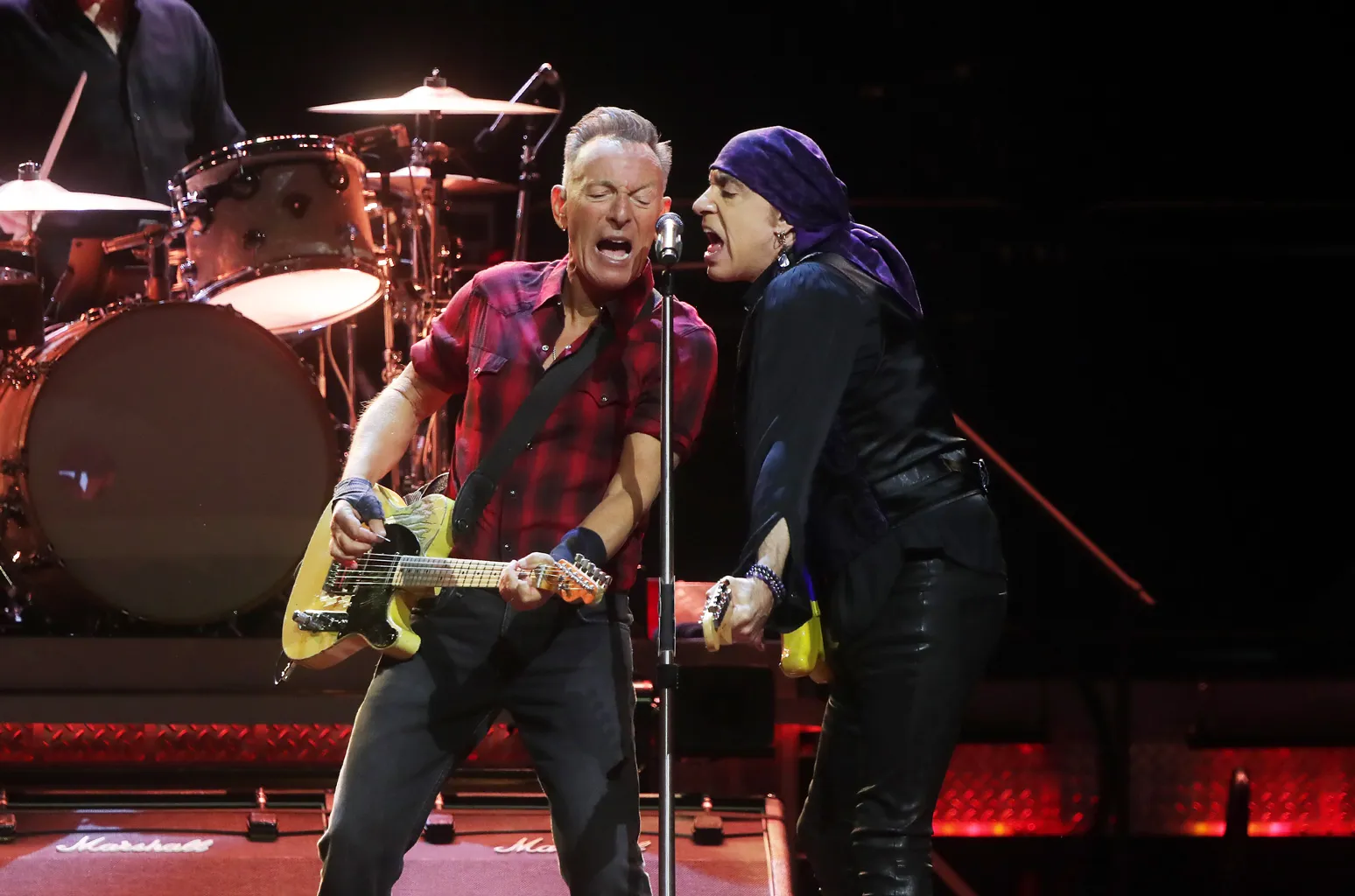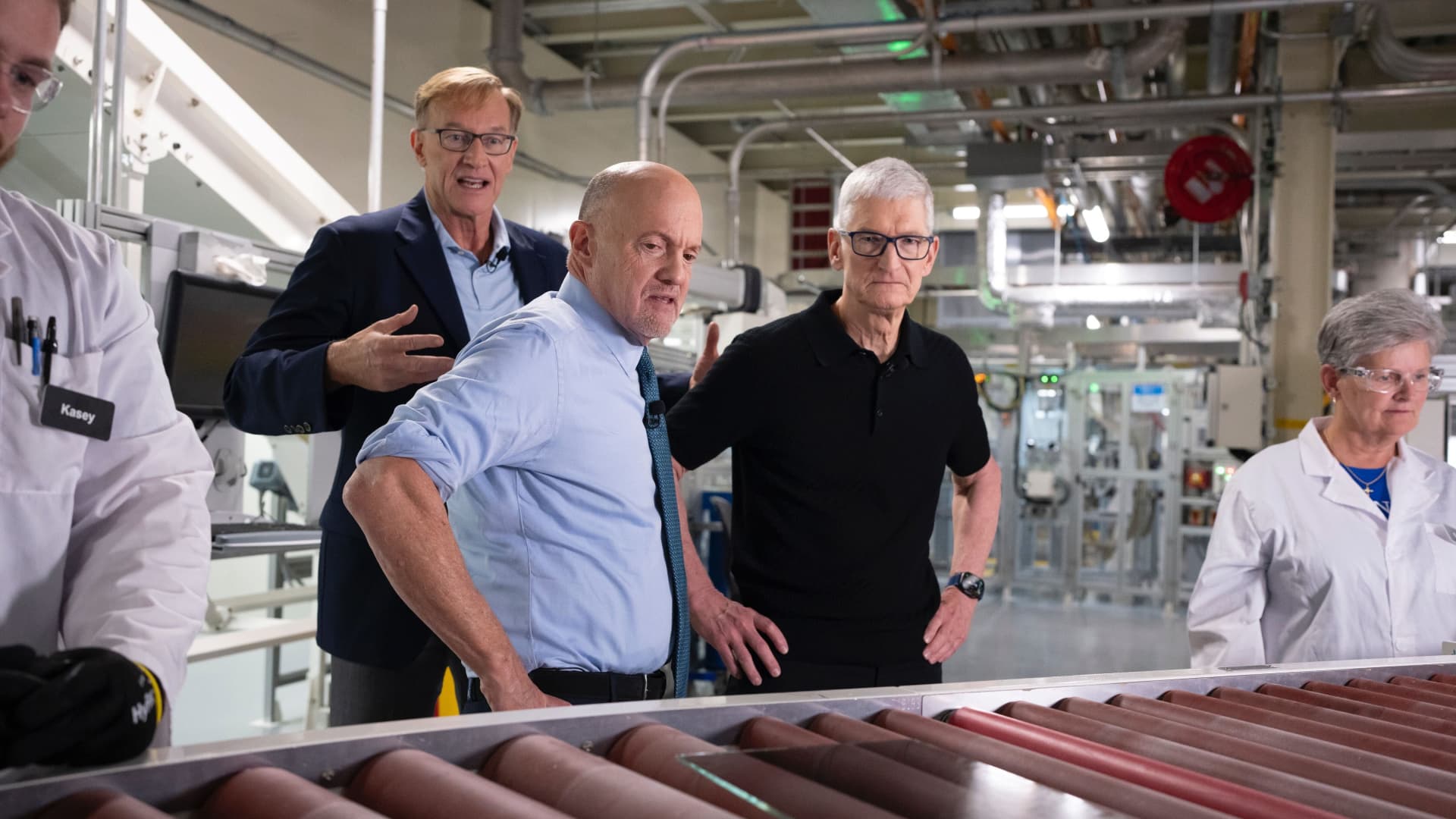Copyright smh

I stomp back home and call the shop to speak to the manager. Basically, he’s more of a “sorry, not sorry” guy. The next day I go back to the supermarket to speak to him face-to-face. I draw myself up to my full 150cms but feel taller. He goes through motions and then says, “We went through all this yesterday.” I go past my accuser, and he says: “I was just doing my job.” There will be people to whom something like this happens and they live with the embarrassment. I’m not going to put up with anyone being bullied by a system which is more interested in protecting its profits than in behaving ethically. I email the communications person of the Karellas Group, which runs Supamart. How does the chain deal with what’s called “loss prevention”? Here’s a bit of the response: “As a family-owned business, Supamart, like many other retailers across Australia, is not immune to the $9 billion challenges associated with retail crime. The safety and wellbeing of our team members and customers will always be our highest priority. We believe this is an issue of growing concern for the wider retail industry and feel that more robust measures and penalties are needed to deter repeat offenders.” Australia is in the midst of a shoplifting epidemic. The Australian Bureau of Statistics’ head of crime and justice statistics Samantha Hall tells me that in 2024, there were 600,000 victims [including shopowners] of theft which includes shoplifting and pickpocketing. That’s a 6 per cent rise on last year and the highest number since 2003, a 21-year high. She says the proportion of thefts at retail locations rose from 32 per cent of all thefts in 2010 to 45 per cent in 2024.



